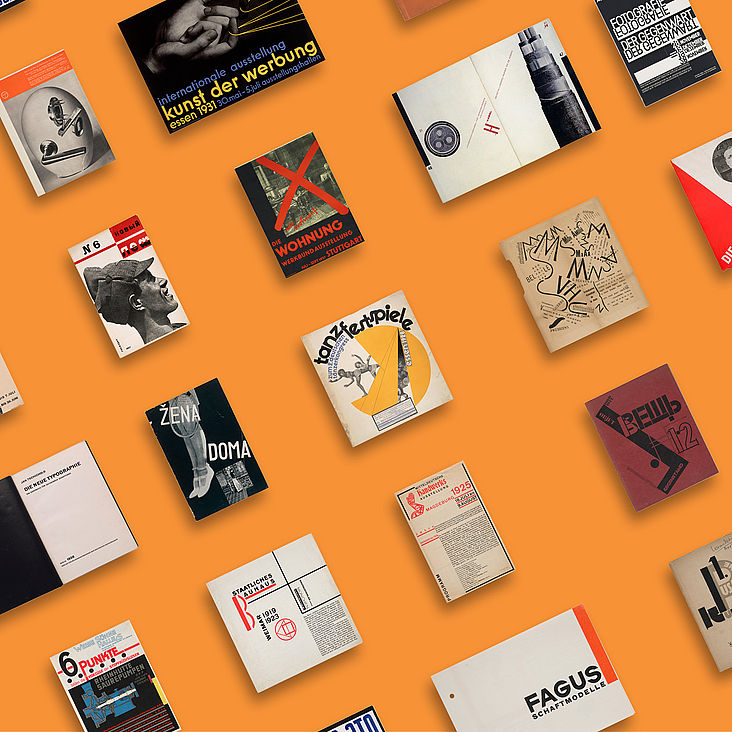












38 West 86th St.
New York, NY 10024
212.501.3000
admissions@bgc.bard.edu
18 West 86th St.
New York, NY 10024
212.501.3023
gallery@bgc.bard.edu
BGC Gallery is currently closed.
38 West 86th St.
New York, NY 10024
212.501.3000
admissions@bgc.bard.edu
18 West 86th St.
New York, NY 10024
212.501.3023
gallery@bgc.bard.edu
BGC Gallery is currently closed.
Graphic Design in Weimar Germany 1919–1933
March 22, 2019
1:00 – 5:45 pm

This symposium, complementing the exhibition Jan Tschichold and the New Typography at the Bard Graduate Center Gallery (on view February 14–July 7), will examine the role of graphic design in the broader context of Weimar culture (1919-1933). This period witnessed considerable technological innovation in the printing industry, especially in applications of photography to the mass media, as well as a range of new practices within the design community of Central Europe. “Graphic design,” itself only began to emerge as a recognizable activity, if not a profession, at this time. Alongside the pace of change in the print and design sectors, this was also a period of intense debate regarding the role of advertising in modern society, set against a lively and fluid cultural scene shaped by literature, film, music, and drama, as well as politics and popular culture. The history of graphic design in this period is often related to contemporary painting, a link that Tschichold himself made in 1925. However, the broader history of design, technology, economics, and aesthetics played a similarly decisive role in the formation of modernist graphic design. It is intended that some of these themes will be explored in talks throughout the day.
Peter N. Miller
Bard Graduate Center
Welcome
Paul Stirton
Bard Graduate Center
Introduction
Christopher Burke
University of Reading
Jan Tschichold: A Double Life
Paul Stirton
Bard Graduate Center
The Bauhaus, the Ring, and the New Typography
Dietrich C. Neumann
Brown University
“Leuchtreklame”: Illuminated Advertising in 1920s Berlin
Juliet Kinchin
The Museum of Modern Art
“Under the Spell of Jan Tschichold”: MoMA and the New Typography
Sandy Jones
University of Brighton; Victoria and Albert Museum
Lost and Found: The Jan Tschichold Acquisition at the V&A
Robert Wiesenberger
The Clark Art Institute
The Model Bauhäusler? Herbert Bayer circa 1950
Steven Heller
School of Visual Arts
The Americanization of the New Typography




38 West 86th St.
New York, NY 10024
212.501.3000
admissions@bgc.bard.edu
18 West 86th St.
New York, NY 10024
212.501.3023
gallery@bgc.bard.edu
BGC Gallery is currently closed.
